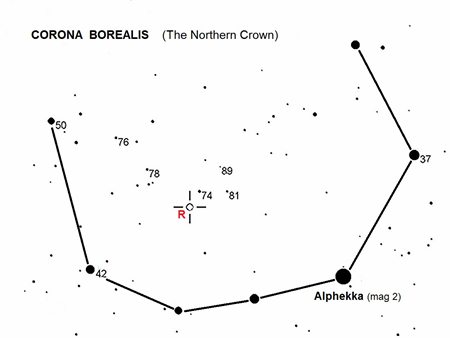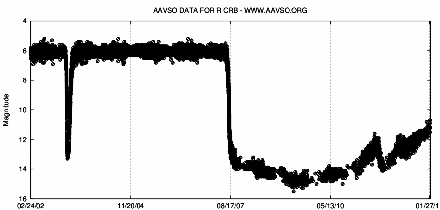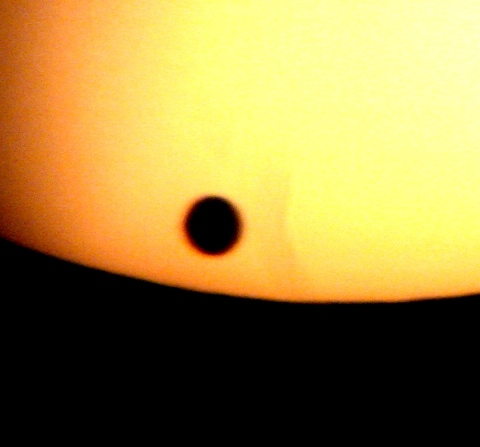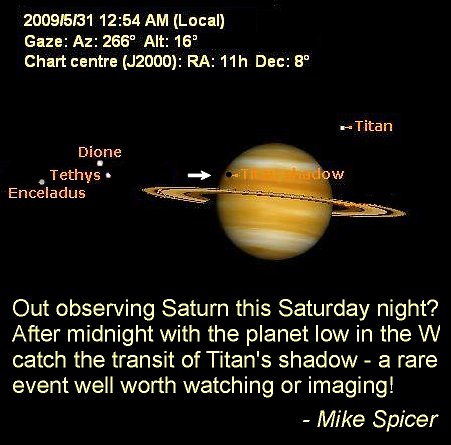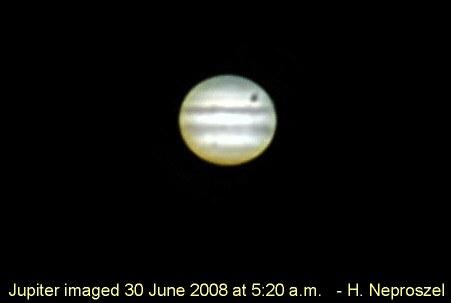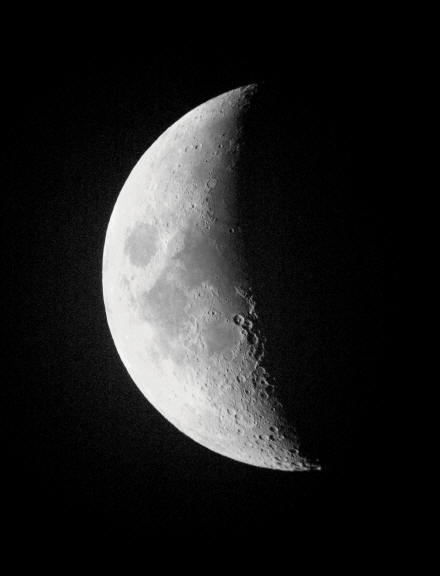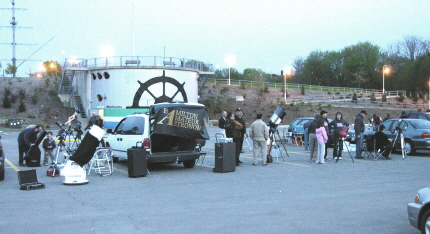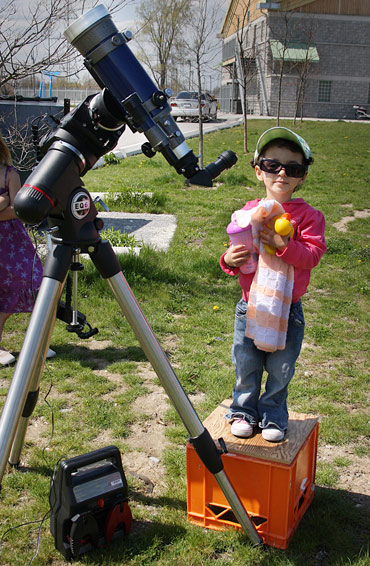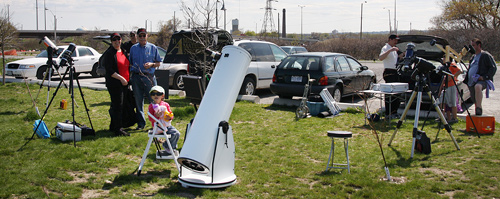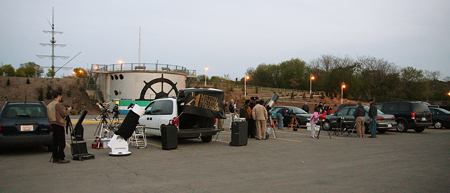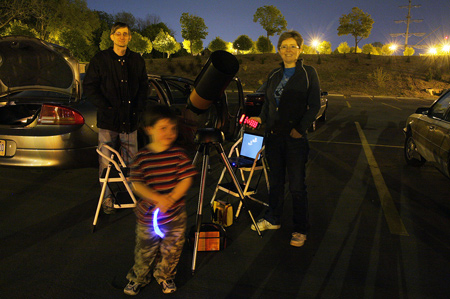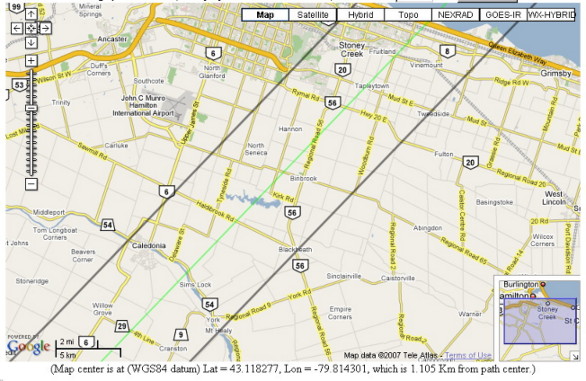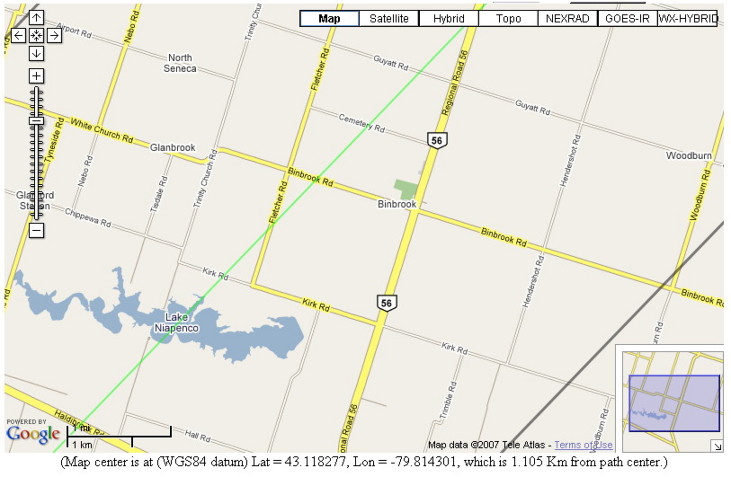UPDATE from Don Pullen
Here’s the much anticipated path information. I had some difficulty in generating the dynamic Google map page, so I’m just posting snapshots of 2 view levels. The green line indicates the path center, while the grey lines indicate the 5km outer-limit range of being able to see the occultation. The closer to the path center, the better chance you have of seeing the greater effect from hills and valleys. For those not aware, Lake Niapenco is name of the lake in the conservation area.
Image 1 covers more area:
Image 2 provides more of a close-up view of path:
The path runs right through the middle of Binbrook Conservation Area. Therefore we could observe from either the main site or the alternate. The trees which line the eastern part of the alternate site may block our view. So it looks like the preferred viewing area will be our regular spot within the park.
The transit will begin at approx 19:06 local time on Oct 22. The moon’s altitude will be 24deg with an azimuth of 126deg (it will be in the SE). It will be about 85% illuminated.
Bring your camcorder, shortwave radio, GPS and of course some binoculars or a scope.
UPDATE: Monday morning
The CSC is predicting some cloud rolling in this evening ahead of the rain. At the moment, it indicates we may get a thinning or maybe even some clearing of the clouds right around the time of the occultation. However, Kerry and the weather satellite images are a little less optimistic. There may be gaps in the clouds, but it’s going to be a close timing game as to whether we’ll be able to see both the moon and a magnitude 6.2 star through whatever cloud cover there may be.
At the moment, I’m still anticipating to head out to the main viewing site at Binbrook between 6 and 6:30pm to set up. I expect the gate will still be open at this time. But if not, I will open it when I arrive and put on the combo lock. Keep in mind that if the ground is soft and wet, do not set up on the grass areas – either set up on the road or in one of the parking areas (pavillion, boat launch area, etc).
I’ll also post an update later this afternoon in case conditions change drastically.
UPDATE: 5pm Monday
The CSC has changed their predictions for the area and it looks like we will have fairly steady but light cloud cover for the event period. The Weather Network forecast and the satellite images are indicating that we may get some clearing breaks up until about 8pm. But at least the rain won’t hit us for a few hours.
So I think we will still head out and take our chances. See you at Binbrook any time after 6pm.
Don
